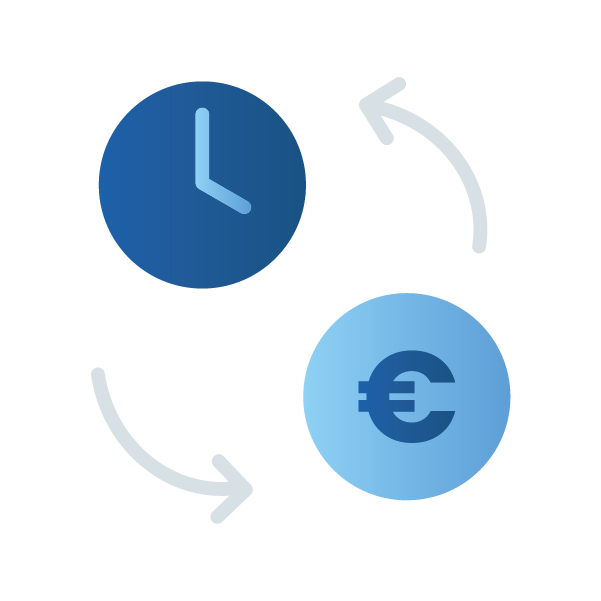‘ProAction’
Methodology
Power is nothing
without organisation
and control.
Power is nothing
without organisation
and control.
ProAction is our methodology to design and implement integrated processes and systems.
It draws inspiration from the methodology of international major consulting companies, but it is adapted to the market of middle-sized enterprises to minimise bureaucracy and ensure project success.
The ProAction methodology offers five advantages.

to the area of analysis and intervention, which allows us to distinguish the main work stages:

Assigning clear responsibilities and objectives to project managers, consultants, and company key users. Given the additional effort required of this last role in comparison with ordinary activities, it may be opportune to consider a rewarding system.

emphasising the following:


that safeguard your investment for many years and make the reasons for any choice as well as the approved functional and technical requirements of the socio-technical system implemented available to all present and future company players.

Obviously not.
If the project only concerns the technological innovation required for processes and organisational models which are deemed suitable for company needs, the first and third stages can be skipped or minimised.
The second stage, too, could be unnecessary, but only in case of digital innovation for a model/process which has never been automated in the past or is supported by legacy technology.
In these circumstances, it may be beneficial to follow the best practices of the new technology, suggested by Action’s Consultants.
